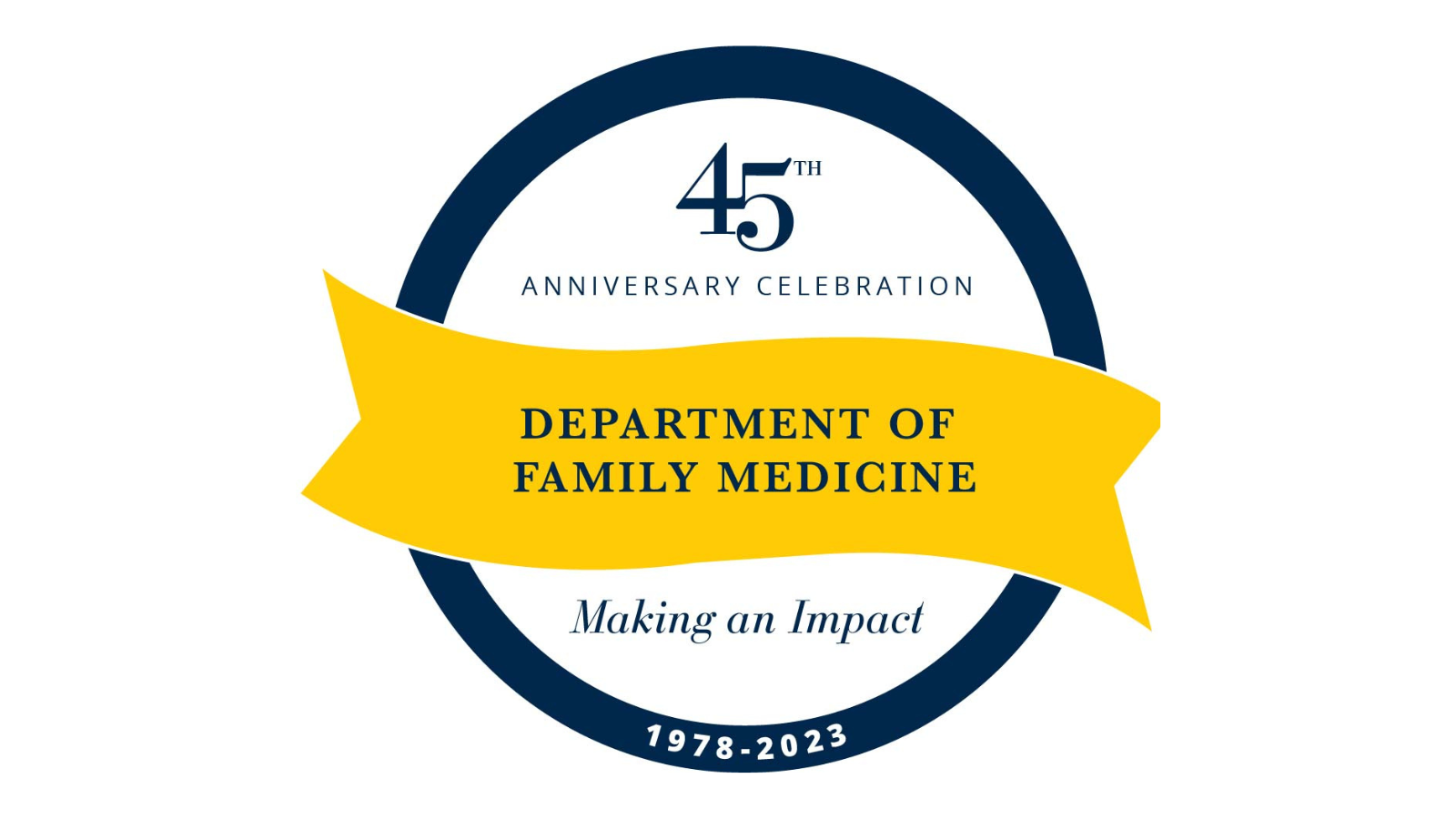The current issue of Family Medicine and Community Health provides ten quick start guides to an array of research methodologies in primary care research. In an introductory editorial, CHFM editorial board member Michael D. Fetters, M.D., M.P.H., M.A., professor and Timothy Guetterman, Ph.D., assistant professor, dedicated the issue to aspiring family medicine and community health researchers, positioning the collection of primers and methodology guides as a resources to share with students, residents, fellows, as well as experienced clinical practitioners “who are inquisitive and want to contribute to the science of family medicine and community health.”
Among the useful primers, guides, and introductory discussions of research methods are works from ten U-M Family Medicine faculty and researchers. Each paper is open-access, under a Creative Commons Attribution Non Commercial (CC BY-NC 4.0) license. Medical educators, residency directors, clinicians, junior researchers, and research mentors are encouraged to download and circulate these guides:
Primary care research can start with your everyday experiences as a clinician. Michael D. Fetters, M.D., M.P.H., M.A., professor offers six practical approaches to turning your clinical encounters into viable primary care research investigations in a paper titled, “Getting started in primary care research: choosing among six practical research approaches.”
How to mix survey data with qualitative data in your first mixed methods research project. John W. Creswell, Ph.D. and Mariko Hirose, PhD of Kwansei Gakuin University, Japan, explain in a paper titled, “Mixed methods and survey research in family medicine and community health.”
Discover the 10 steps to statistical analysis with Timothy C. Guetterman, Ph.D., M.A. in an article titled “Basics of statistics for primary care research.”
Master the most popular qualitative method in health services research: The semi-structured interview. Understand the essential skills to designing and conducting semistructured interviews in family medicine and primary care research settings with Melissa DeJonckheere, Ph.D., assistant professor, in her paper co-authored with Lisa M. Vaughn, PhD, professor of pediatrics at Cincinnati Children’s Hospital Medical Center. The paper is titled “Semistructured interviewing in primary care research: a balance of relationship and rigour.”
Use this template for curriculum development, developed by Jill R. Schneiderhan, M.D., assistant professor, Timothy C. Guetterman, Ph.D., M.A., assistant professor, and Margaret L. Dobson, M.D., assistant professor. The paper outlines a six-step approach to curriculum development in family medicine: performing a needs assessment, determining content, writing goals and objectives, selecting the educational strategies, implementing the curriculum and, finally, evaluating the curriculum
It is titled ““Curriculum development: a how to primer.”
Improve patient health directly using this quality improvement methodology. In a case study of chlamydia screening in women, a multidisciplinary team used the QI methods discussed in this paper and reported an increase in screening rates from 29% to 60%. The work is from Allison N. Ursu, M.D., assistant professor, Michael M. McKee, M.D., M.P.H., associate professor, and Grant Greenberg, M.D., former U-M Family Medicine faculty now chair of the department of family medicine at the Lehigh Valley Health Network in Pennsylvania.
The paper is titled, “Continuous quality improvement methodology: a case study on multidisciplinary collaboration to improve chlamydia screening.”
Start the #FMRevolution with this guide to getting started with health policy analysis. Lisa M. Meeks Ph.D., M.A., assistant professor, Michael D. Fetters, M.D., M.P.H., M.A., professor, and their co-authors lay out how primary care providers can use Eugene Bardach’s eightfold policy analysis framework in a primary care context with the goal of conducting high-impact health policy research.
The paper is titled, “Conducting health policy analysis in primary care research: turning clinical ideas into action.”
Refer to this concise resource guide on how to conduct case study research in family medicine. Michael D. Fetters, M.D., M.P.H., M.A., professor and Michigan Mixed Methods Global ScholarSergi Fàbregues establish the fundamentals and walk readers through a 10-step process to developing a case study in primary care research.
The paper is titled, “Fundamentals of case study research in family medicine and community health.”


